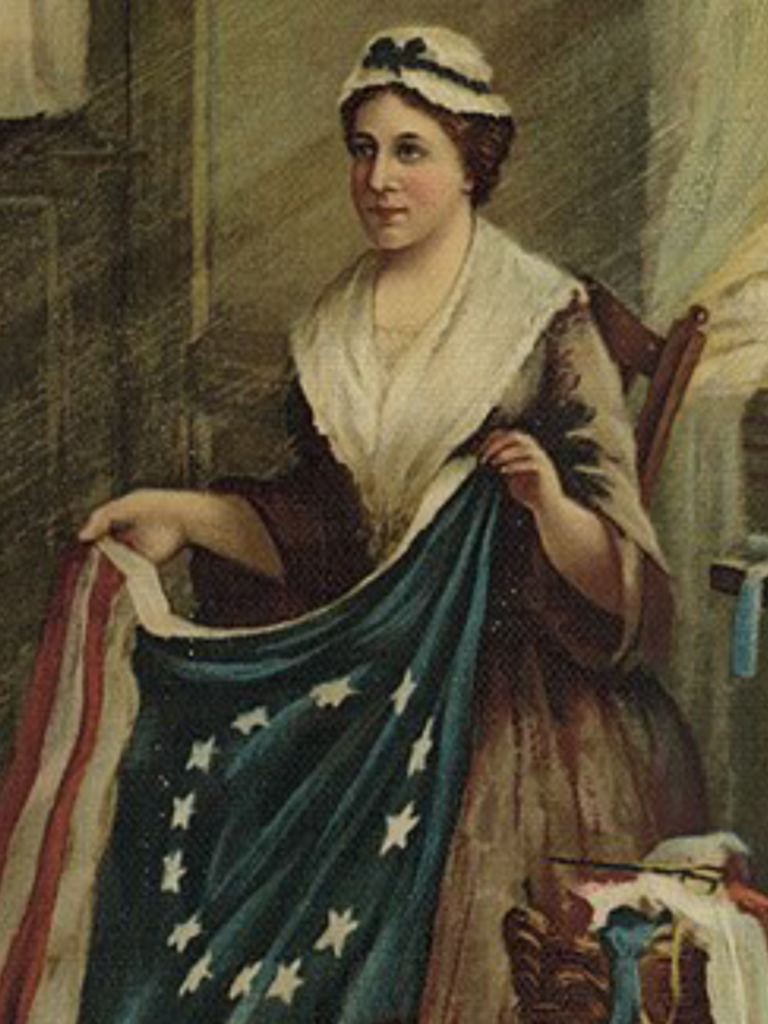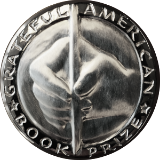June 1 — June 15, 2022
History Matters
Showing our children that their past is prelude to their future
On June 2, 1935, there was “no joy in Mudville” when the “Sultan of Swat”–Babe Ruth– retired. At nineteen, George Herman Ruth had signed with Jack Dunn, owner of the Baltimore Orioles—and the team–enamored with his abilities–nicknamed him “Jack’s newest babe” a moniker that stuck for the rest of his life.
History.com notes that he “made his Major League debut as a left-handed pitcher with the Red Sox in July 1914 and pitched 89 winning games for the team before 1920, when he was traded to the New York Yankees. After Ruth left Boston, in what became known as “the curse of the Bambino,” the Red Sox didn’t win another World Series until 2004 … Ruth was a huge star in New York and attracted so many fans that the team was able to open a new stadium in 1923, Yankee Stadium, dubbed The House That Ruth Built … [his] career slugging percentage of .690 remains the highest in Major League history.
For more about “the greatest baseball player ever,” the Grateful American Book Prize recommends Babe Ruth (Up Close) by Wilborn Hampton.

On June 11, 1776—one year and two months after the start of the Revolutionary War–the Continental Congress assembled a committee of five prominent American men to draft the nation’s Declaration of Independence. They were Thomas Jefferson, John Adams, Benjamin Franklin, Roger Sherman, and Robert Livingston. According to History.com, Jefferson wrote the first version; Adams and Franklin vetted it, and on June 28 it was ready for review and approval.
The Declaration declares that “When, in the Course of human Events, it becomes necessary for one People to dissolve the Political Bands which have connected them with another, and to assume, among the Powers of the Earth, the separate and equal Station to which the Laws of Nature and of Nature’s God entitle them, a decent Respect to the Opinions of Mankind requires that they should declare the Causes which impel them to the Separation.”
For more information, the Grateful American Book Prize recommends Jefferson’s Masterpiece by Dennis Parker.

On June 14, 1777, the Second Continental Congress passed a resolution which stated: “the flag of the United States be 13 stripes, alternate red and white” and that “the union be 13 stars, white in a blue field, representing a new constellation,” according to History.com.
But who designed the ensign that became America’s symbol?
Everyone is taught that Betsy Ross was the architect of the first American flag, but is it fact or legend? Ross did not get any credit until thirty-seven years after her 1836 death. Finally–she was identified in an 1873 article that appeared in Harper’s New Monthly.
The Betsy Ross saga is still a puzzle because historians have never been able to prove otherwise.
Nonetheless, according to the Department of Veterans Affairs “Both President Wilson, in 1916, and President Coolidge, in 1927, issued proclamations asking for June 14 to be observed as the National Flag Day. But it wasn’t until August 3, 1949, that Congress approved the national observance, and President Harry Truman signed it into law.”
For the full story, the Grateful American Book Prize recommends Betsy Ross and the Making of America by Marla R. Miller.

History Matters is a biweekly feature courtesy of The Grateful American Book Prize.




